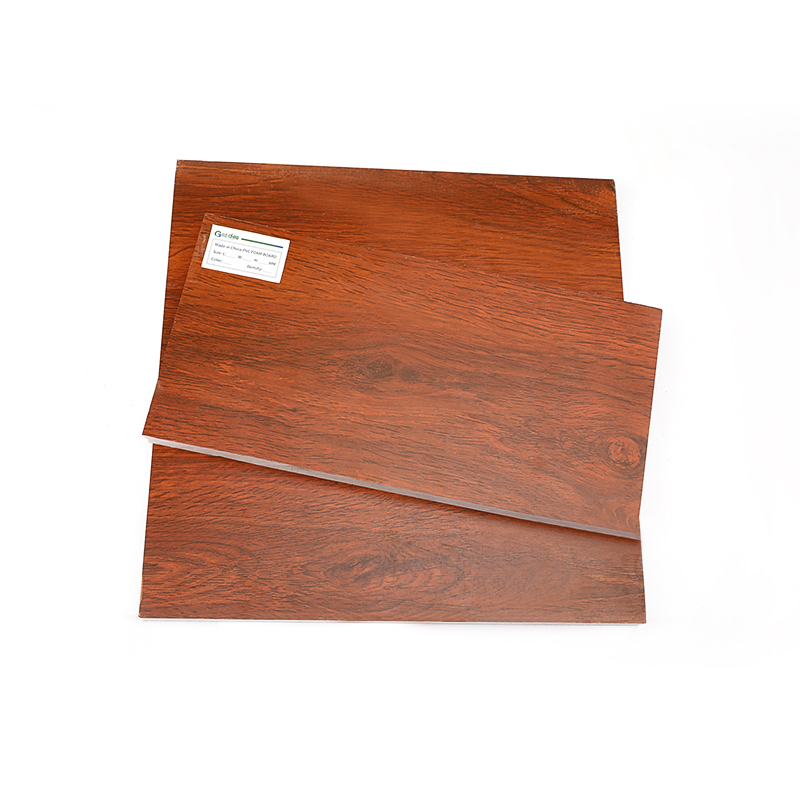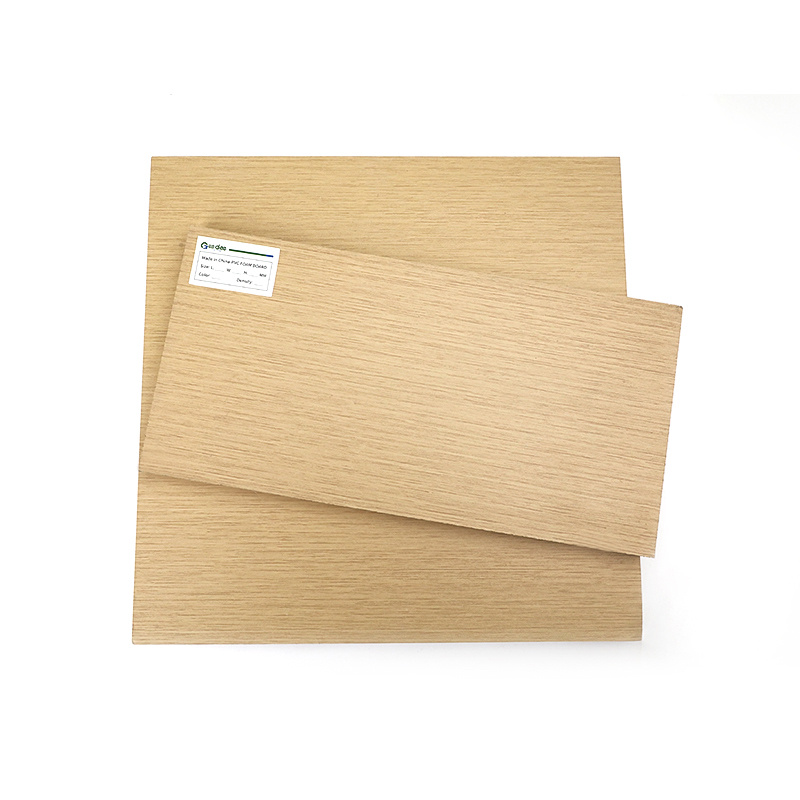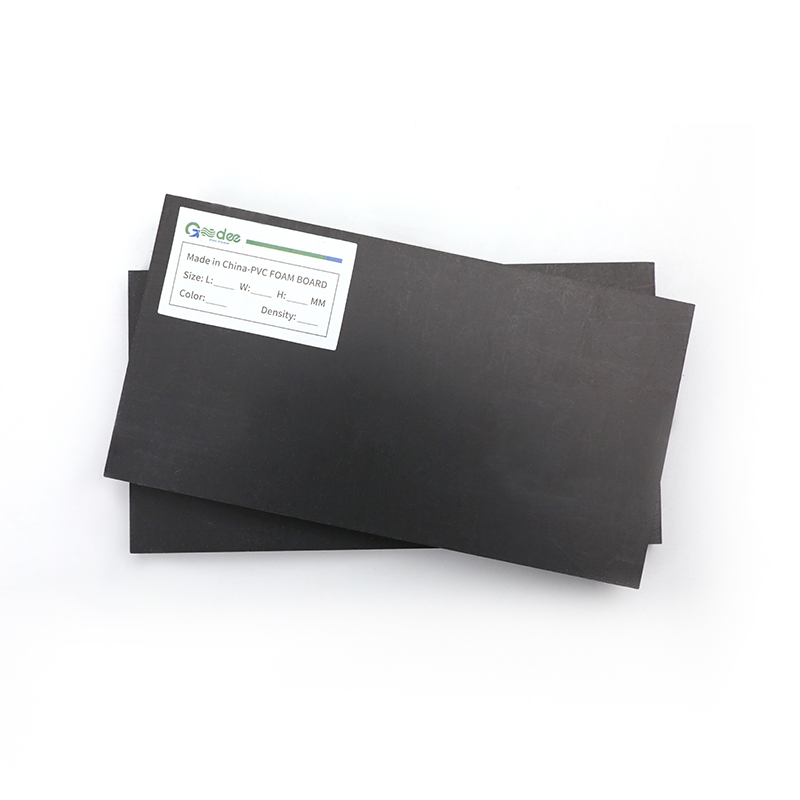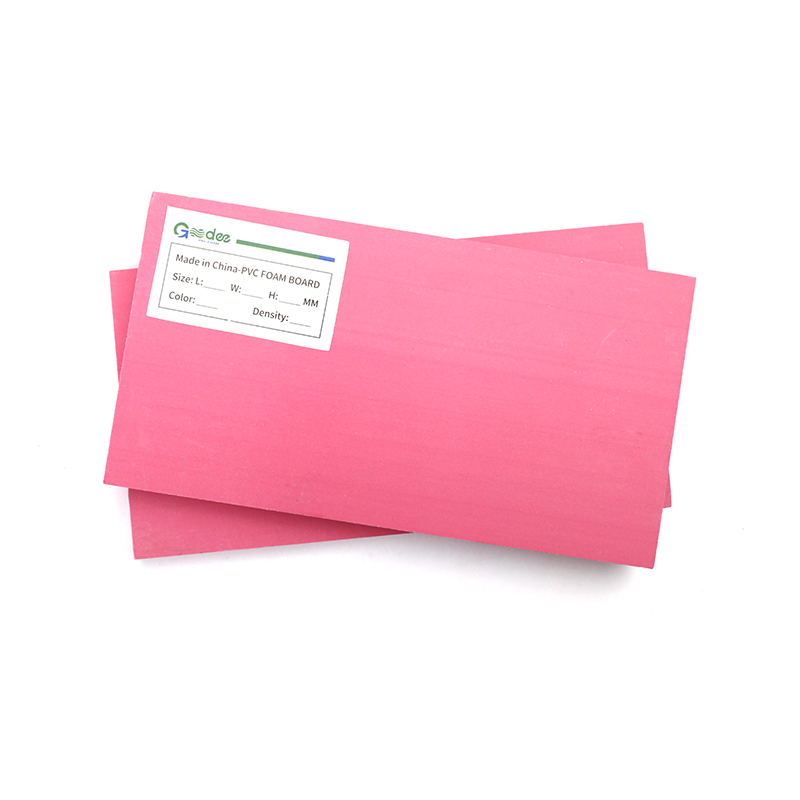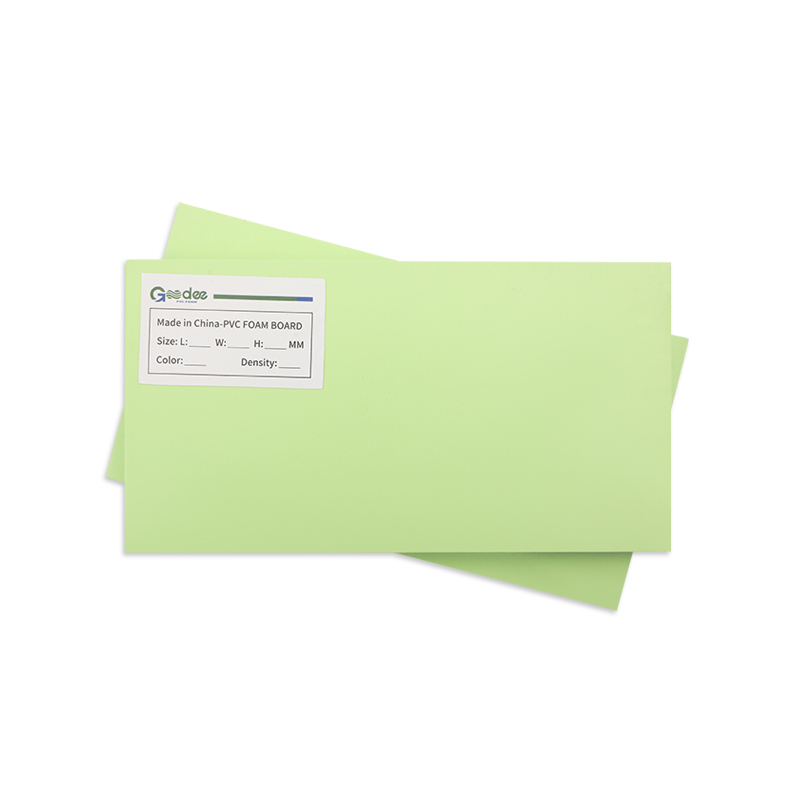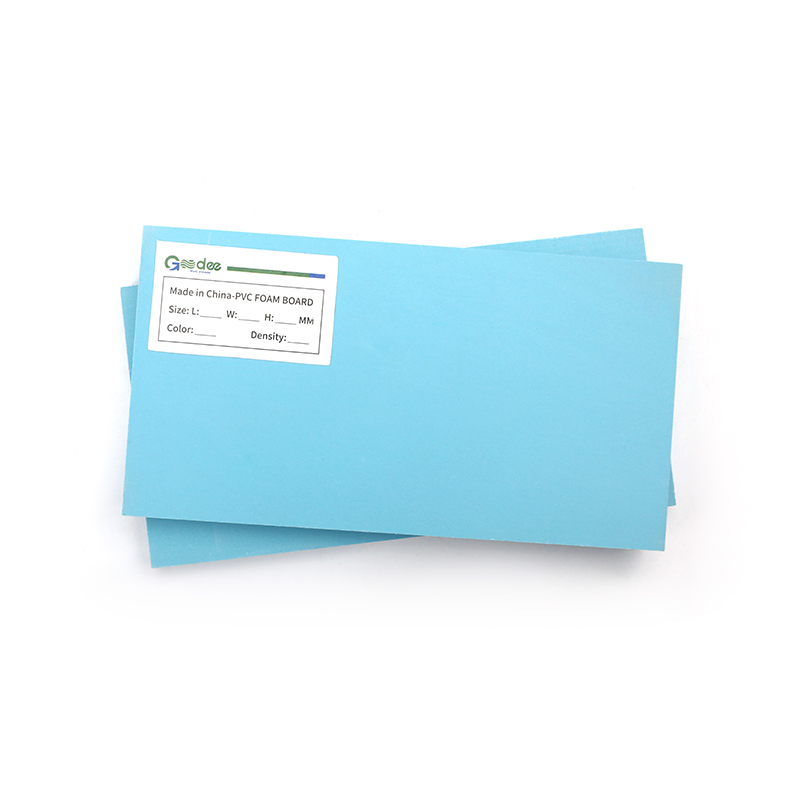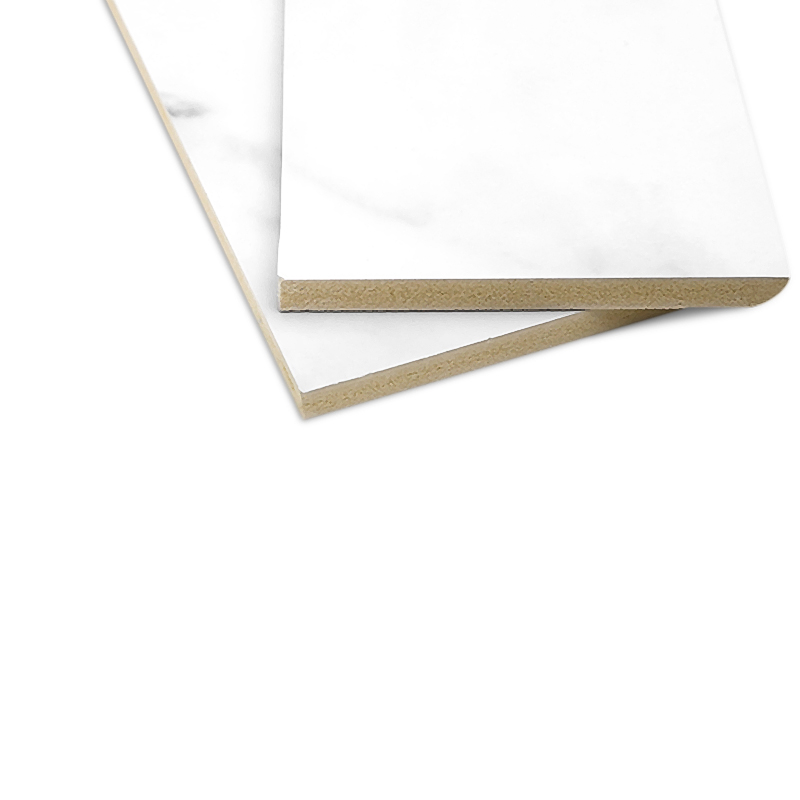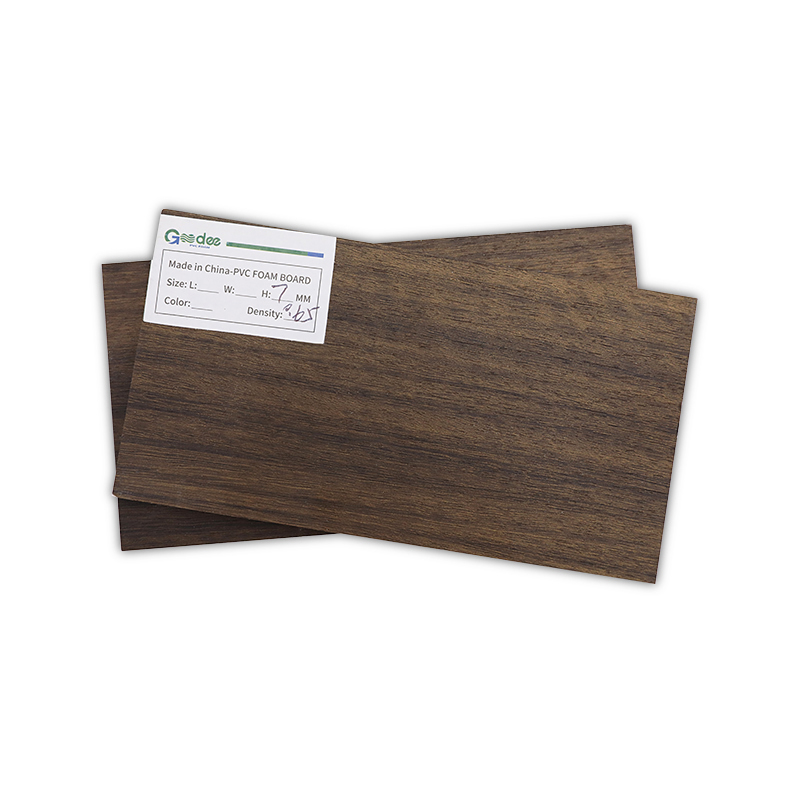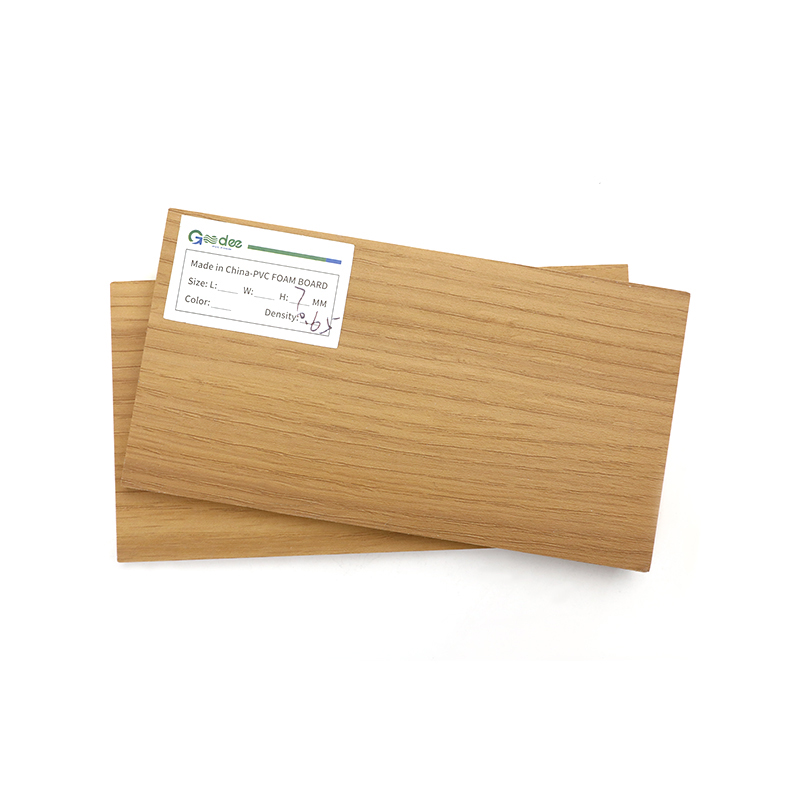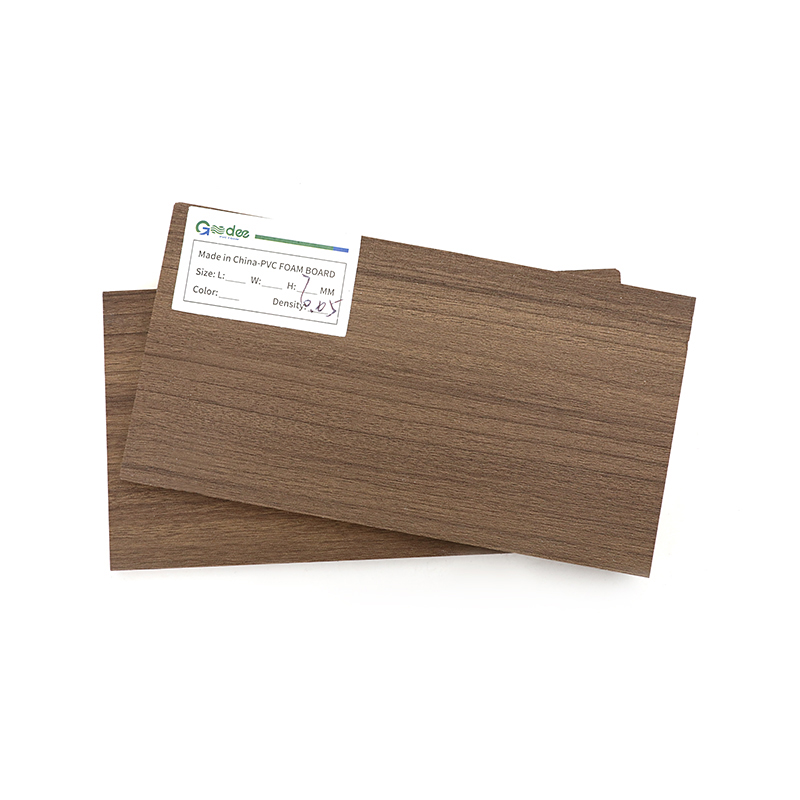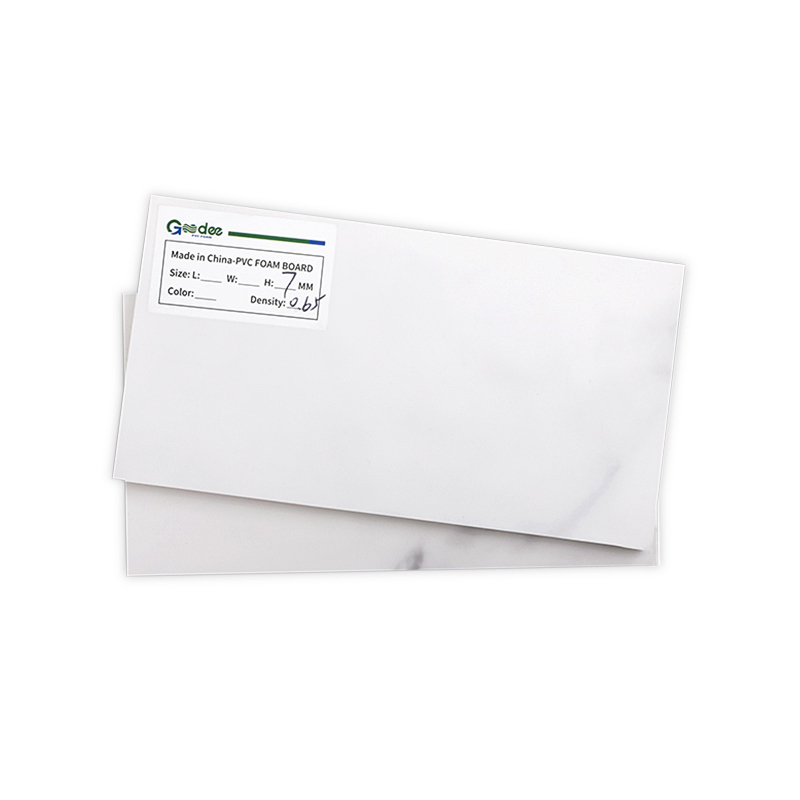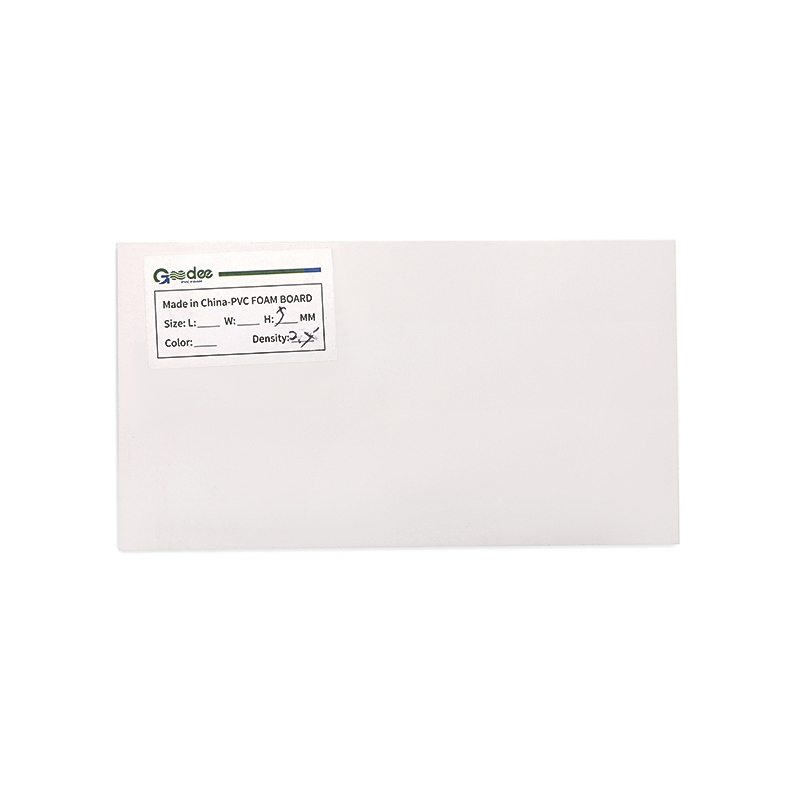The coloring process has a significant impact on the physical properties of PVC sheets. PVC, or polyvinyl chloride, is a synthetic plastic polymer that is commonly used in a variety of applications, such as construction materials, packaging, and electrical wiring. PVC sheets are known for their excellent chemical resistance, durability, and ease of fabrication, and the addition of colorants can enhance or alter these properties.
One of the primary ways in which the coloring process affects PVC sheets is through the addition of pigments or dyes. Pigments are insoluble particles that provide color by reflecting certain wavelengths of light, while dyes are soluble substances that absorb and transmit light to produce color. Both pigments and dyes can be used to achieve different colors and desired visual effects on PVC sheets.
The addition of colorants can affect the mechanical properties of PVC sheets, such as tensile strength, elongation at break, and impact resistance. The presence of pigments or dyes can weaken the PVC matrix, resulting in a decrease in these mechanical properties. This is particularly true if the concentration of the colorants is high or if the dispersion is uneven. Therefore, proper blending techniques and dispersion processes are crucial to maintain the mechanical performance of PVC sheets during the coloring process.
The coloring process can also influence the thermal properties of PVC sheets. PVC has a relatively low melting temperature, typically around 160-180°C (320-356°F), and the addition of colorants can affect this temperature. Some colorants may require higher processing temperatures, which can lead to thermal degradation of the PVC matrix if not managed properly. Therefore, it is essential to select colorants that are compatible with the processing temperature range of PVC and to closely monitor the temperature during the coloring process.
The addition of colorants can also influence the chemical resistance of PVC sheets. PVC is known for its excellent resistance to acids, alkalis, and many chemicals, but certain colorants can have chemical interactions with the PVC matrix. This can lead to a decrease in chemical resistance, particularly if the colorants contain reactive components. Therefore, it is important to select colorants that are chemically compatible with PVC to maintain its chemical resistance properties.
Furthermore, the coloring process can impact the surface characteristics of PVC sheets. The presence of colorants can affect the surface roughness, glossiness, and texture of PVC sheets. The dispersion and distribution of colorants within the PVC matrix can result in variations in the surface appearance. Proper blending techniques and dispersion processes can help achieve a smooth and uniform coloration of PVC sheets, ensuring a consistent surface finish.
In conclusion, the coloring process significantly affects the physical properties of PVC sheets. The addition of pigments or dyes can alter the mechanical, thermal, chemical, and surface properties of PVC. By using suitable colorants, employing proper blending and dispersion techniques, and carefully controlling processing conditions, manufacturers can achieve desired coloration without compromising the performance of PVC sheets.


 English
English Español
Español